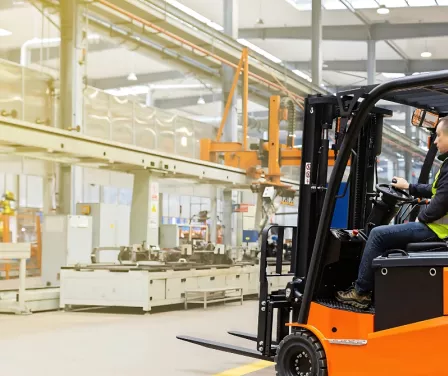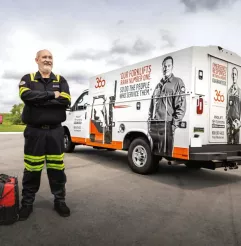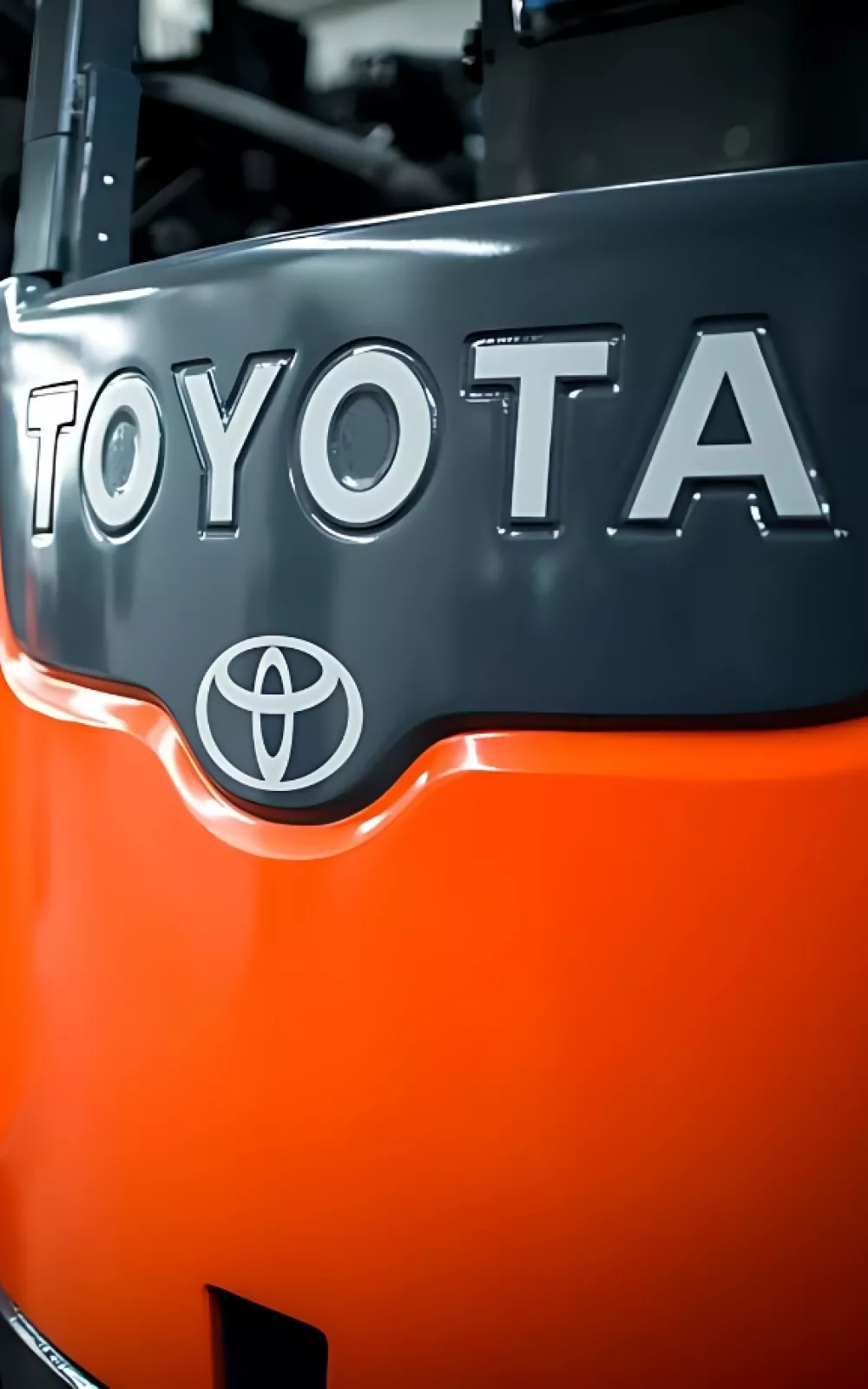Rent
ProLift offers daily, weekly, and monthly rentals. Find the right equipment for maximum productivity and safety.
Let us know how we can assist you! A ProLift specialist will connect with you to help with your material handling needs.

Forklift plugging can significantly impact performance and safety, but many operators are unaware of its effects. Learn what plugging is, how it works, and why proper training is essential to reduce product damage and improve operational efficiency. Discover how mastering this technique can benefit your forklift operation.

Forklift plugging is common practice that should be encouraged for its benefit of reducing brake wear.
Plugging, also called regenerative braking, regen or switch-back, occurs when an operator traveling in one direction uses the directional selector to switch to the opposite direction. The motor control circuit, motor and forklift battery combine to slow and then smoothly accelerate the forklift in the newly selected direction.
Taking its cue from the accelerator pedal, the motor control circuit determines how fast the directional change occurs. If the operator’s foot is down on the accelerator, an aggressive, faster switch happens; however, if the operator removes his foot off the pedal, the switch-back slows a bit and becomes less aggressive.
Operators should be trained that the position of the accelerator pedal determines the quickness of forklift plugging. Similar to forklift speed, plugging aggressiveness can be adjusted or turned off by a trained forklift technician. The stability of your product, load, operator experience or concern about forklift brake maintenance costs may influence your decision to make an adjustment.

Protect your investment and minimize downtime by selecting from 4 forklift maintenance programs tailored to your needs. These programs are designed based on your usage hours, environment, application, and budget.
If your forklift is battery powered, it is very likely that plugging is a good practice, but engine powered forklifts should not be plugged. By eliminating the use of the forklift brake to change direction, forklift plugging decreases the wear and tear on the forklift brake components.
While often found on electric forklifts, plugging is not offered on engine powered forklifts. These units require use of the forklift brake and plugging is detrimental.
If an operator is driving forward and uses the directional selector to select reverse, the forklift drive line suffers a tremendous shock. The forklift experiences wear on the clutch pack, tires, transmission and differential – all parts much more expensive to replace than forklift brakes.
When an engine powered forklift is plugged it can lose its stability during the directional shift, especially on wet floor, gravel or other loose surface conditions. The forklift may slide or cause flying debris.
Operators of engine-powered forklifts are trained to use the brakes to slow down before making directional changes. Accustomed to slower, smoother movements, an operator transitioning to an electric forklift with plugging functionality may be caught off guard by its more aggressive response. It’s important to educate operators that the accelerator pedal controls the speed of directional changes and provide hands-on training to help them understand the impact of plugging. Proper training can help reduce product damage, especially when dealing with sensitive or easily affected loads.
While several forklift manufacturers offer plugging designs, the level of aggressiveness can vary between makes and models. If your fleet includes different brands or has recently undergone changes, hands-on training with all available forklifts is essential for operator safety and efficiency.
ProLift's line of Toyota forklifts and other leading manufacturers offer a variety of electric models. Speak to a sales consultant on forklift plugging or maintenance programs.
ProLift is your one-stop shop for dock and door, forklift, and industrial battery maintenance. Contact us today to be connected with a sales consultant.

Let us know how we can assist you! A ProLift specialist will connect with you to help with your material handling needs.
